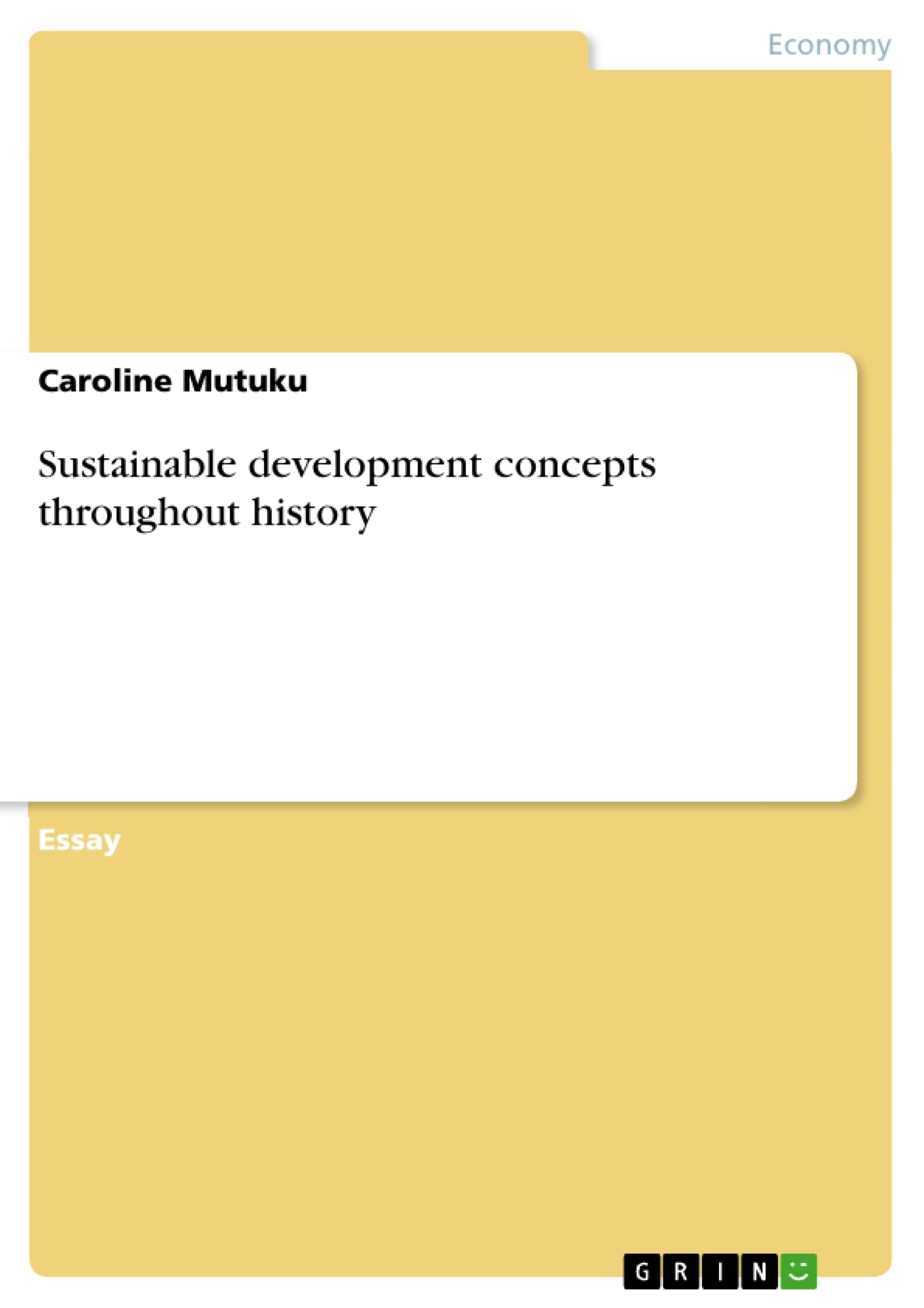This essay takes a closer look at the development of different countries throughout history.
Western Europe is the cradle of modern civilization, and most heating and lighting systems were developed out of the need for comfort in their households. Before the advent of buildings based on scientific research, house construction and design were based on traditions that went back many centuries, accumulated knowledge evolved into distinct house formations relative to the local climate.
Where there were extreme outside, the people had to find means of creating and providing some comfort for the human beings within a reasonable range. During the cold seasons, it was necessary to find means of producing heat and retaining it. In the hot climates, it called for the removal of heat from the housing.
In Italy and the countries near the Mediterranean, natural lighting was called for; thus, the buildings were constructed with low sun angles. Even with energy conserving features, the provision of appropriate cooling, heating, lighting, and adequate ventilation was difficult and time consuming for the homeowner. Thus, the principal aim of this paper is to discuss heating and lighting in the eighteenth-century European households.
Table of Contents
- SUSTAINABLE DEVELOPMENT CONCEPTS
- Development in the Third World
- Modernization and Dependency Theories
- Colonialism, Neo-colonialism, and Underdevelopment
- Development after the Second World War
- Development Politics
- Criticisms of Foreign Aid
Objectives and Key Themes
This text aims to explore the complexities of development in the context of the third world, particularly focusing on the historical and political influences that have shaped development strategies and outcomes.
- The evolution of development concepts and theories.
- The impact of colonialism and neo-colonialism on underdevelopment.
- The role of foreign aid in promoting development.
- The complexities of development politics and the influence of external actors.
- The challenges and shortcomings of current development models.
Chapter Summaries
- Development in the Third World: This chapter provides an overview of the development discourse, particularly focusing on the third world's perspective and its emphasis on achieving higher production and satisfying basic needs.
- Modernization and Dependency Theories: This chapter examines two influential theories of development, namely modernization theory and dependency theory. It discusses the contrasting views of these theories, highlighting their strengths and weaknesses.
- Colonialism, Neo-colonialism, and Underdevelopment: This chapter delves into the historical legacy of colonialism and neo-colonialism, exploring how these forces have contributed to the underdevelopment of the third world. It highlights the role of exploitation and the perpetuation of unequal power dynamics.
- Development after the Second World War: This chapter examines the changing landscape of development after the Second World War, with a focus on the rise of development policies, the influence of the Cold War, and the shift from industrialization to basic needs approaches.
- Development Politics: This chapter discusses the concept of development politics, emphasizing its role in shaping development agendas and the use of foreign aid as a tool for political and economic control.
Keywords
The text primarily focuses on the concepts of development, underdevelopment, colonialism, neo-colonialism, modernization, dependency, development politics, foreign aid, and the third world. It explores these concepts within the context of the historical, political, and economic factors that influence development in the global South.
- Citation du texte
- Caroline Mutuku (Auteur), 2018, Sustainable development concepts throughout history, Munich, GRIN Verlag, https://www.grin.com/document/429863



